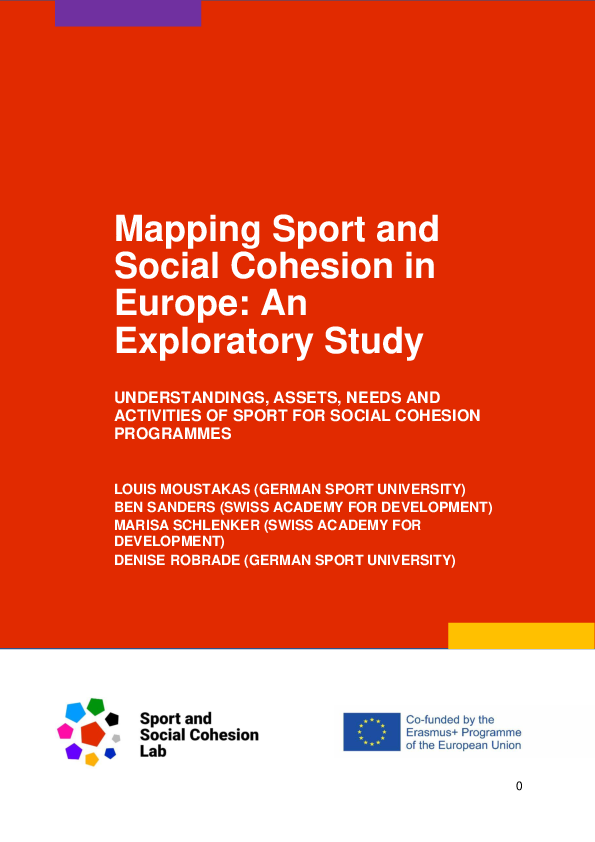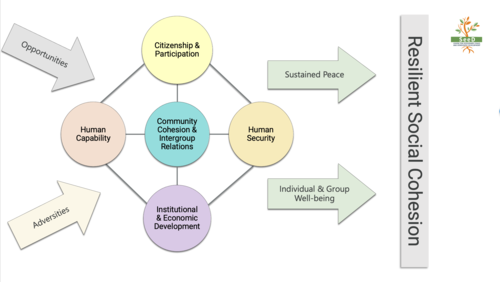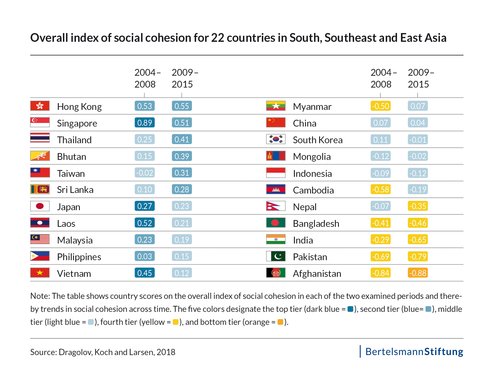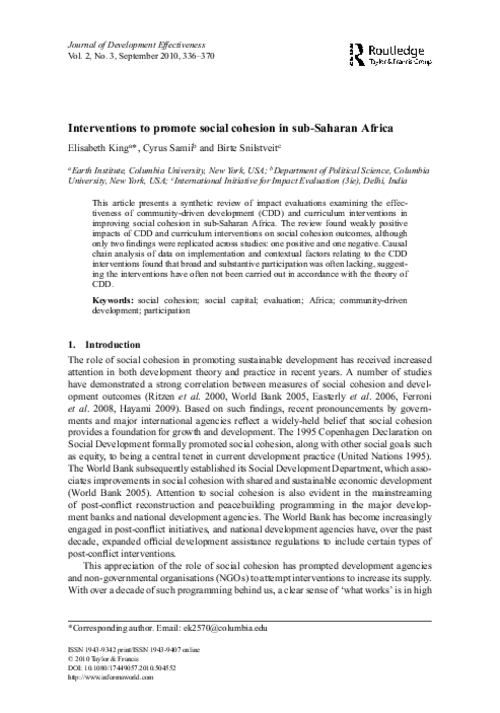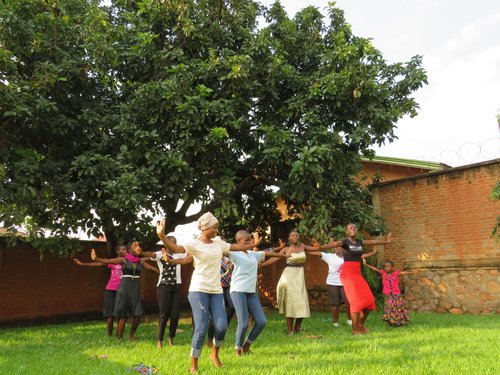Mapping Sport and Social Cohesion in Europe: An Exploratory Study
Key facts
Intergroup relations
Identity/feeling of belonging
Participation
Equality/Inequality
Orientation towards the common good
Solidarity
Shared values
Cooperation
Tolerance
Connectedness
Political institutions & governance
Concept & measurement
Summary
The use of sport for social cohesion has grown rapidly in recent times both globally and in Europe. This is linked to the growth of the sport for development and peace (SDP) movement and changing demographic composition of European societies. Many actors and organisations across Europe are now using sport-based approaches to contribute to social cohesion goals and objectives.
However, despite this growth, there remain key limitations and discrepancies within current definitions and understandings of social cohesion. The use of sport for social cohesion exhibits a diversity of approaches, yet overall there is a lack of evidence, transparency and understanding of these programmes. This is partly due to the fact that sport itself is a complex phenomenon, often undermined by idealistic notions of the ‘power of sport’. Further, actors using sport for social cohesion often lack the capacity needed to design, deliver, evaluate and improve their programmes.
Given these limitations, it is important to conduct further research into the key factors, challenges and opportunities underlying such programmes. This study seeks to generate greater understanding of how sport can contribute to social cohesion, through a European-wide survey and targeted organisational analysis.
Findings reveal that social cohesion is understood and applied in many different ways, with sport usually seen as a vehicle to enable such change. Programmes tend to target ‘vulnerable’ groups within society, including girls and women, refugees and migrants, and people with disabilities, with a particular focus on children and youth. Activities include sport-based volunteering, life skills sessions, workshops and trainings, all aimed at promoting inclusion, integration and mixing of groups.
Challenges and opportunities co-exist. This includes the need to build capacity among actors, especially around their ability to monitor and evaluate their work. There is a need to adopt more participatory approaches so that beneficiaries and other stakeholders are more involved throughout projects. Most interventions address individual and community issues, with limited engagement and understanding of the systemic and structural obstacles to social cohesion.
These findings will be used to strengthen the Sport for Social Cohesion Lab (SSCL) project, which aims to better understand and apply the use of sport for social cohesion across Europe. Project partners will adapt their grassroots initiatives based on these findings, and work with stakeholders to pilot a Living Lab approach in their settings. This approach will be tested, iterated and evaluated throughout, ultimately offering greater insights into the use of sport for social cohesion and implications of a Living Lab approach. Results will be shared publicly and disseminated widely.
